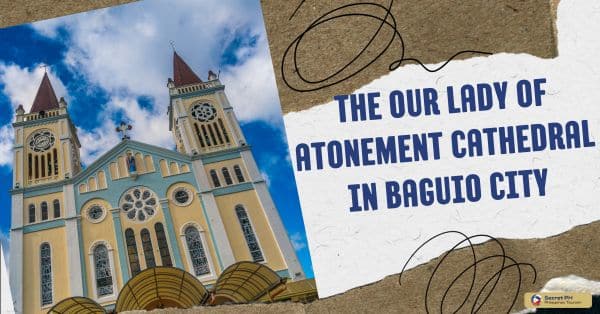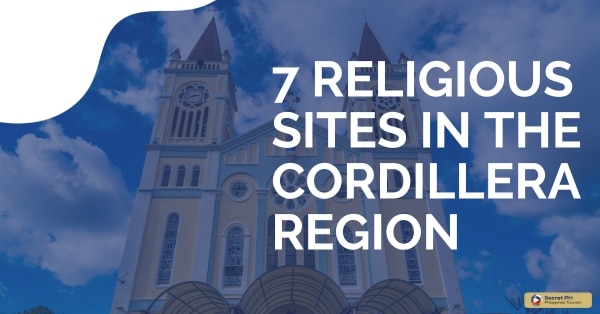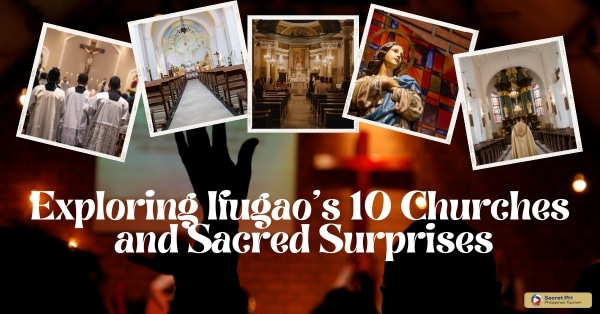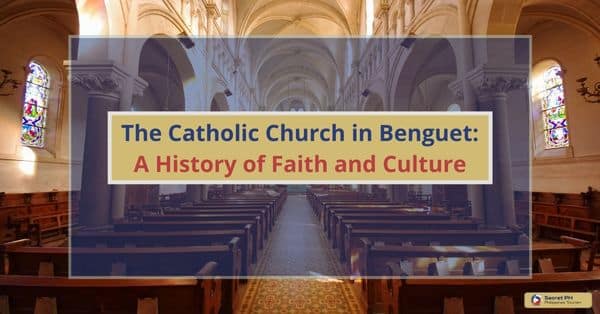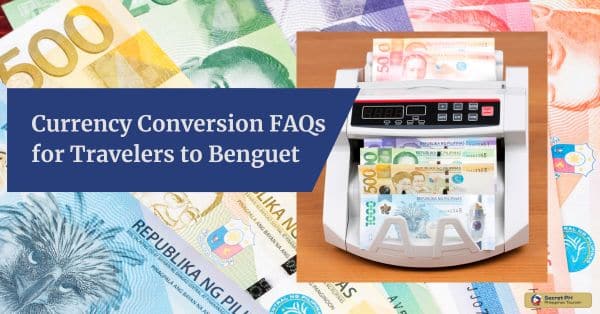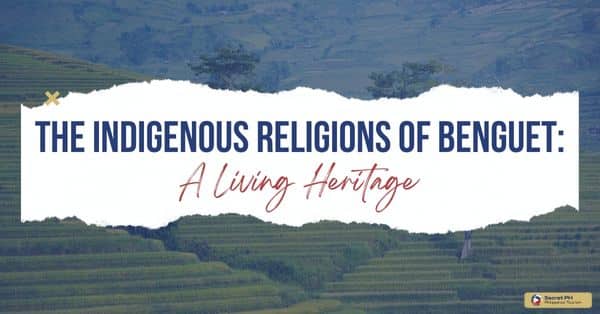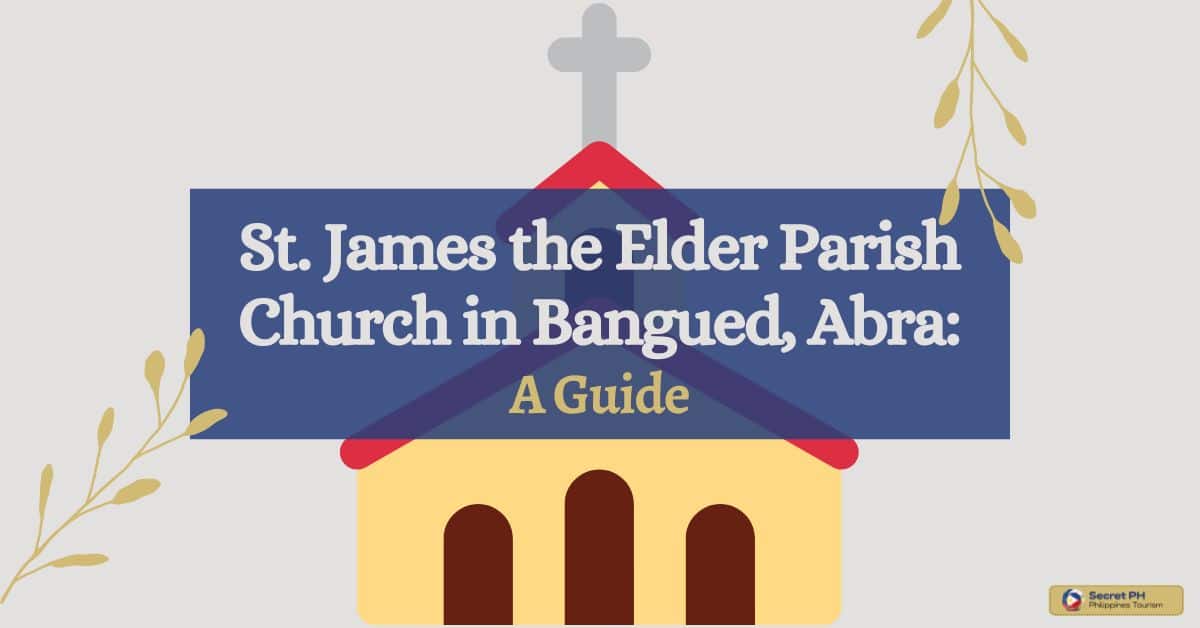The Philippines is a diverse country with a rich cultural and religious heritage. Christianity, Islam, Buddhism, Hinduism, and indigenous beliefs are among the major religions. Syncretic religions, blending Catholic and indigenous beliefs, are also present. Religious festivals play an important role in Philippine culture, reflecting its strong religious traditions.
This guide provides an overview of each of these major religions practiced in the Philippines. As well as information on traditional religious festivals and interfaith relations. From the values of spiritual harmony to gaining insight into the local customs, this guide will help you understand the many fascinating aspects of Philippine religious life.
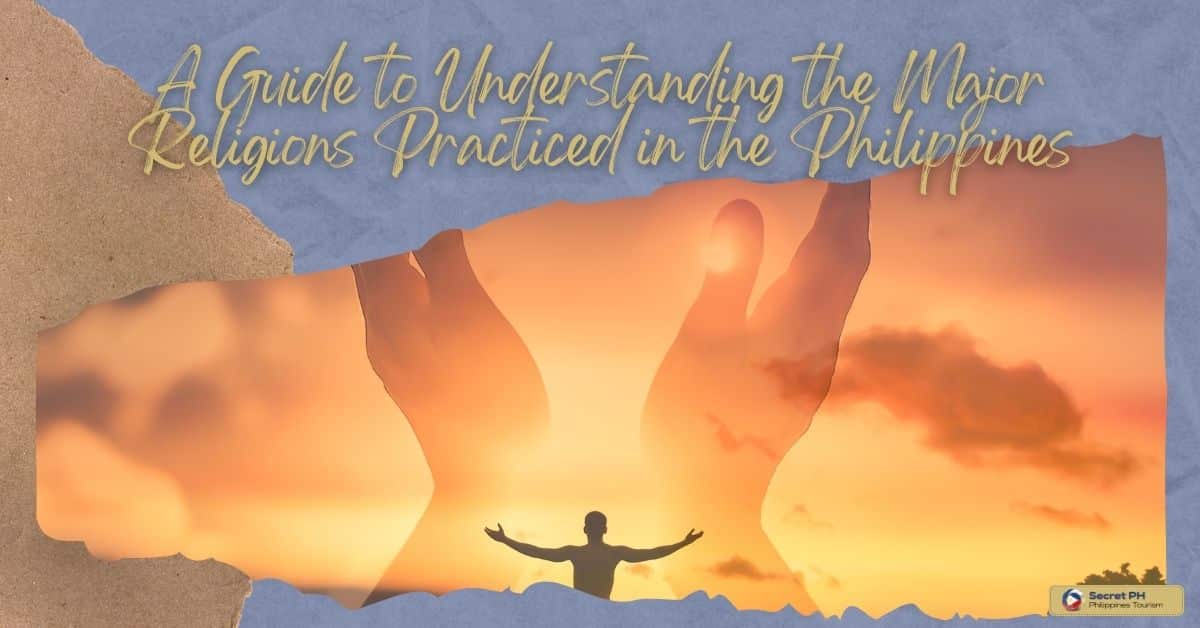
Christianity in the Philippines
Christianity is the largest religion in the Philippines, with over 80% of the population identifying as Christians. The majority of Christians in the Philippines are Roman Catholics, with Protestant denominations being the second-largest group.
The Spanish colonization of the Philippines in the 16th century brought Roman Catholicism to the country. It has since become deeply ingrained in Philippine culture and tradition.
The influence of Christianity can be seen in various aspects of Filipino life. Such as the prevalence of Catholic holidays and traditions, the abundance of churches and religious symbols, and the importance placed on family values and social harmony.
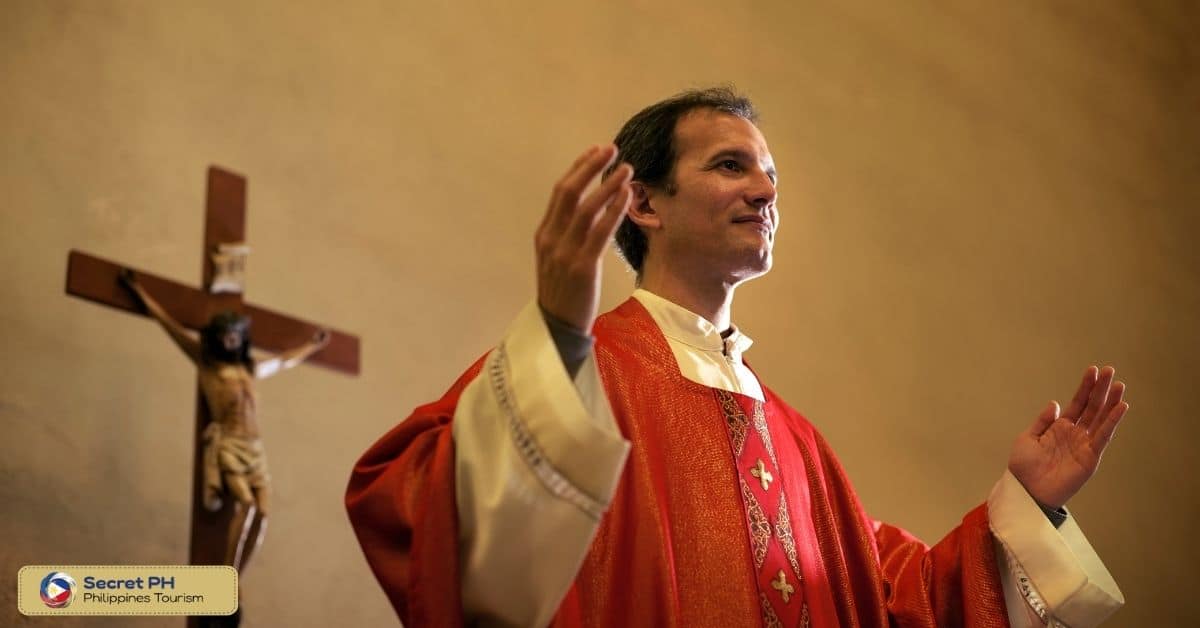
Islam in the Philippines
Islam is the second-largest religion in the Philippines, with an estimated 6% of the population practicing the faith. The majority of Muslims in the Philippines live in the southern region of Mindanao. The religion was introduced by Arab traders in the 14th century.
The practice of Islam in the Philippines is diverse. Some Muslims follow traditional Sunni beliefs while others adhere to more conservative and fundamentalist interpretations of the faith. The history of conflict between Muslims and the government has led to efforts to establish peace and promote interfaith understanding, including the creation of the Autonomous Region in Muslim Mindanao.
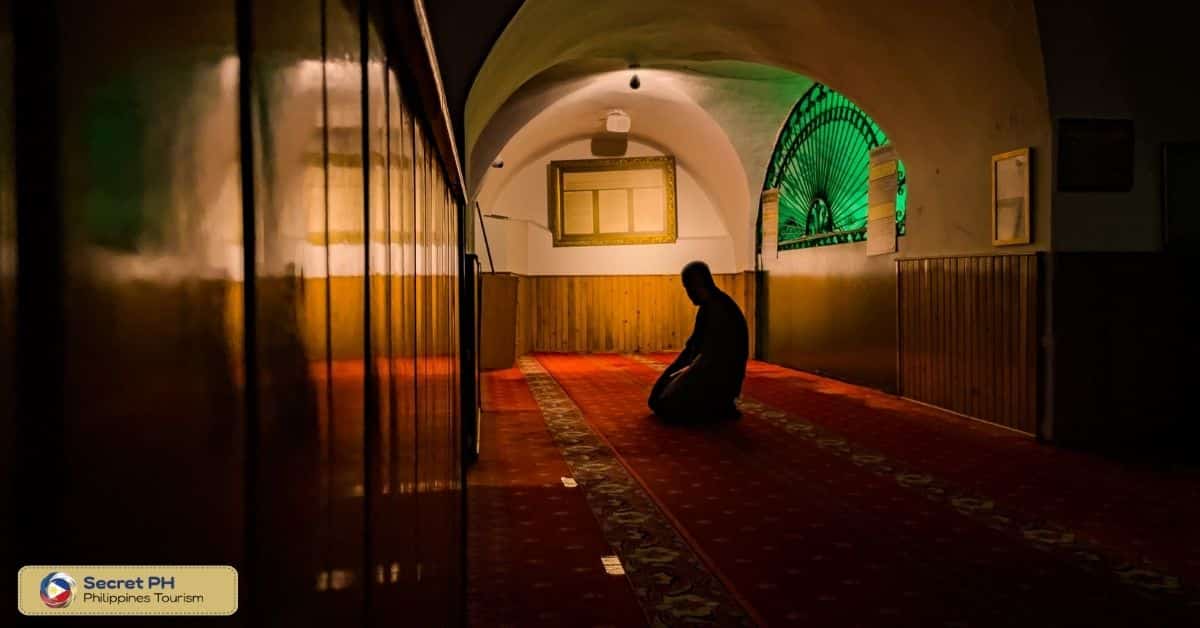
Buddhism in the Philippines
Buddhism is a minority religion in the Philippines, with less than 1% of the population practicing the faith. However, Buddhism has a long history in the Philippines, with evidence of Buddhist influence dating back to the 9th century.
Today, most Buddhists in the Philippines are converts rather than being born into the religion, and many of them belong to the Chinese-Filipino community. Buddhism in the Philippines is often associated with meditation practices and mindfulness. There are several Buddhist centers and temples located in major cities such as Manila and Cebu.
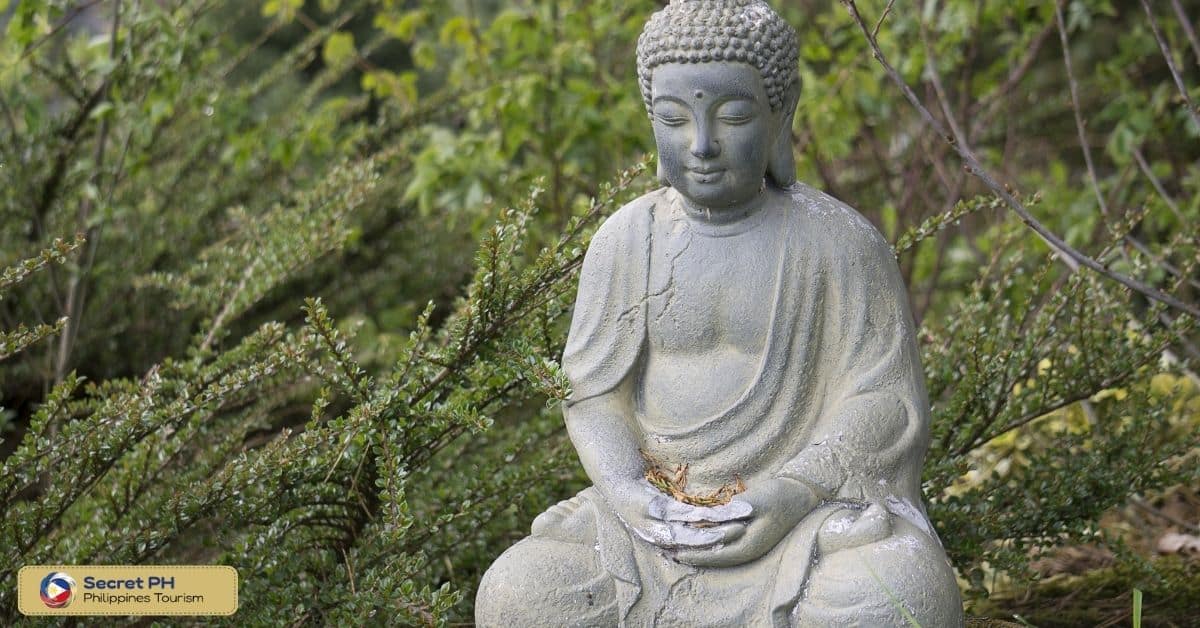
Hinduism in the Philippines
Hinduism is a minority religion in the Philippines, with a small but growing number of followers. The religion was introduced to the Philippines by Indian traders and immigrants who settled in the country in the early 19th century.
Hinduism in the Philippines is characterized by a blend of Indian and Southeast Asian cultural traditions. Many Filipino Hindus incorporate animist beliefs and practices into their worship. Most Hindu temples in the Philippines are located in the urban areas of Manila and Cebu, and the religion is practiced mainly by the Indian-Filipino community.
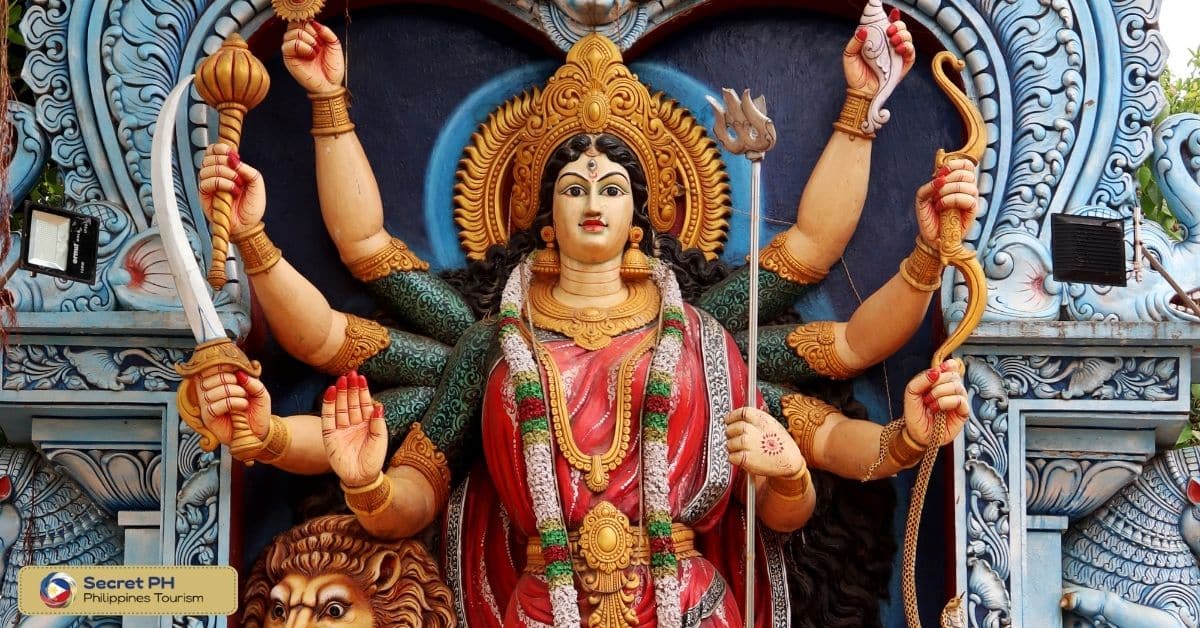
Indigenous Religions in the Philippines
The Philippines is known for its diverse cultural heritage, and part of its diverse culture is its religious beliefs. While the country is predominantly Catholic, there are also various Indigenous Religions being practiced throughout the archipelago.
Here are some of the Indigenous Religions that are unique to the Philippines.
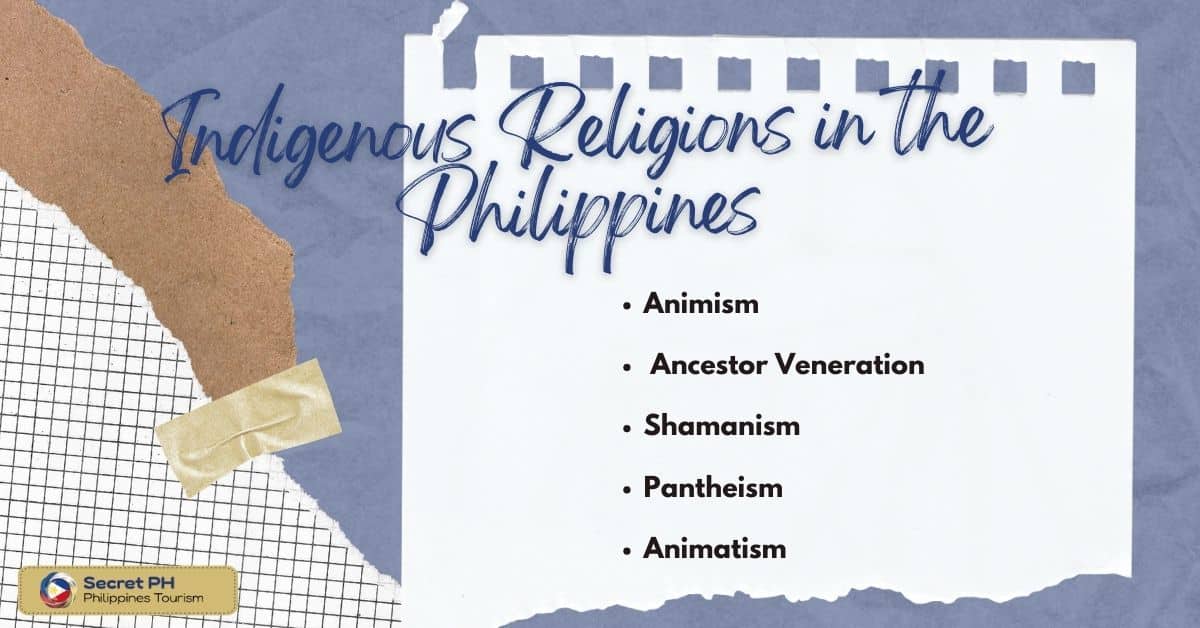
Animism
Animism is an ancient belief system practiced by many Indigenous peoples in the Philippines. It is a worldview that holds that all living and non-living things have spirits, and these spirits can be accessed through rituals and offerings.
Animistic beliefs are still widely practiced across the country by various Tribal Groups. Who uses them to connect with their ancestors and the natural environment. Animism is an integral part of the Indigenous cultural heritage and is recognized in Philippine law as a protected belief system.
Ancestor Veneration
Ancestor veneration is an important part of Philippine Indigenous religions and cultures. It is a practice of honoring and remembering deceased family members. This practice is believed to bring peace and harmony within the community as it honors the ancestors who have passed away.
Ancestor veneration serves as a way for Indigenous people in the Philippines to connect with their past and remember their loved ones. It is a practice that has been passed down through generations, and it continues to be an important part of Indigenous religious beliefs in the country.
Shamanism
Shamanism is an ancient spiritual tradition found in many Indigenous cultures around the world, including those in the Philippines. It is a practice of healing and divination that involves accessing the spirit world through rituals and ceremonies.
Shamanism is deeply intertwined with Indigenous Philippine belief systems and spiritual practices, with shamans being seen as intermediaries between humans and spirits. Through their rituals, they offer to heal individuals as well as bring harmony and balance to the community.
Pantheism
Pantheism is a belief system found in many Indigenous cultures around the world, including those in the Philippines. It is a worldview where all things are seen as manifestations of a single divine force or energy. Pantheistic beliefs and practices often incorporate elements from multiple religions, such as Animism and Shamanism.
In the Philippines, this belief system is deeply intertwined with other Indigenous religions, providing a spiritual connection between individuals and the natural world. It is an integral part of Filipino culture and has been passed down through generations.
Animatism
Animatism is an ancient spiritual belief system practiced by many Indigenous groups in the Philippines. It is a worldview where all living and nonliving things are seen as having their own spirits or souls, and these spirits can be accessed through rituals and offerings.
Animatism beliefs often incorporate animist practices such as ancestor veneration and shamanism, providing a way to connect with the spiritual realm. Animatism is still widely practiced throughout the country, providing a link between Filipino Indigenous people and their ancestors.

Syncretic Religions in the Philippines
Syncretism is a term used to describe the blending of two or more religious faiths. In the Philippines, many syncretic religions have developed, combining elements of Catholicism and indigenous beliefs. These syncretic religions are often seen as a form of resistance to Spanish colonization and Catholic religious hegemony.
Here is a list of some of the most prominent syncretic religions in the Philippines:
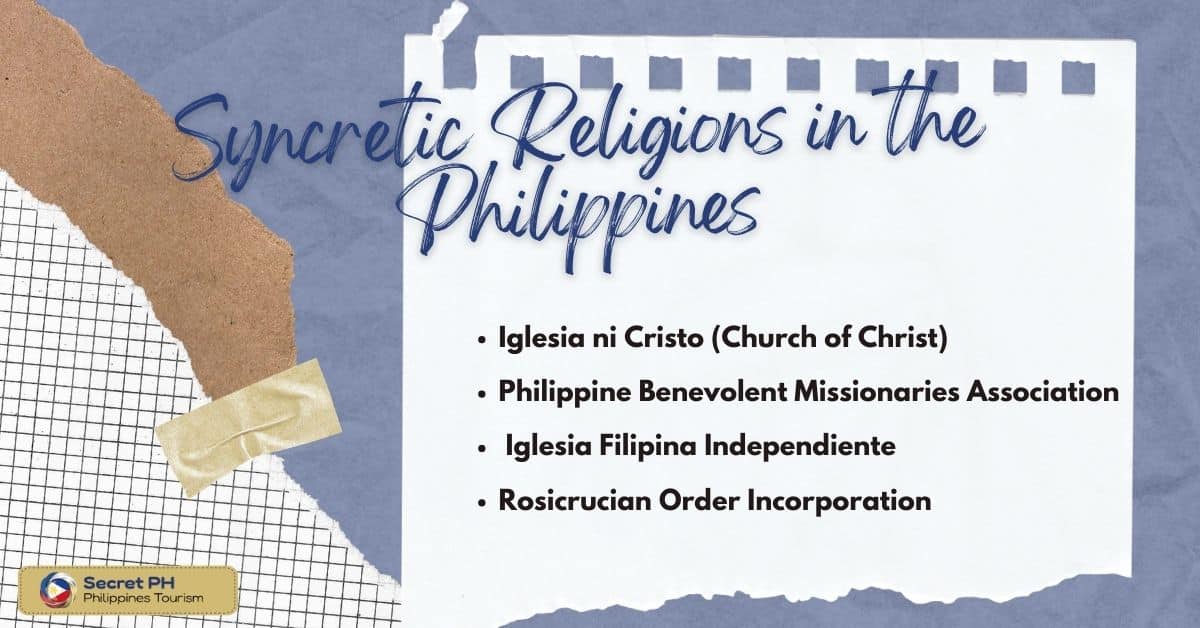
Iglesia ni Cristo (Church of Christ)
Iglesia ni Cristo is a syncretic Christian religion in the Philippines that combines elements of both Catholicism and Protestantism. Founded by Felix Manalo in 1914, it has gained millions of followers across the country due to its emphasis on personal faith and spiritual growth. The church focuses on Bible-based teachings, prayer, and service to the community.
Philippine Benevolent Missionaries Association(PBMA)
Philippine Benevolent Missionaries Association (PBMA) is a syncretic religion founded by Ruben Ecleo Sr. in the Philippines. PBMA combines elements of Catholicism and Indigenous beliefs, such as ancestor veneration and shamanism, to create a unique spiritual practice.
It is an active religious organization with millions of members in the Philippines, who are devoted to service and helping the less fortunate. PBMA emphasizes spiritual harmony and understanding between all beliefs, with interfaith dialogue and cooperation being at its core.
Iglesia Filipina Independiente (Independent Philippine Church)
Iglesia Filipina Independiente (Independent Philippine Church) is a syncretic Christian religion in the Philippines. Founded by Isabelo de los Reyes in 1902, it incorporates elements of both Catholic and Protestant teachings.
The church emphasizes self-governance, equality for all people, and spiritual freedom from institutional control. It is an active religious organization with millions of devoted followers in the Philippines, and its emphasis on social justice has earned it a place in Philippine history.
Rosicrucian Order Incorporation
The Rosicrucian Order Incorporation is a syncretic religion in the Philippines, combining elements of both Christianity and ancient occult practices. Founded by Max Heindel in the 1920s, it seeks to promote spiritual development through meditation and self-discovery.
It emphasizes love, compassion, service to others, and understanding between all religions. The Rosicrucian Order Incorporation is an active religious organization in the Philippines, with many centers providing spiritual guidance and support to its members.
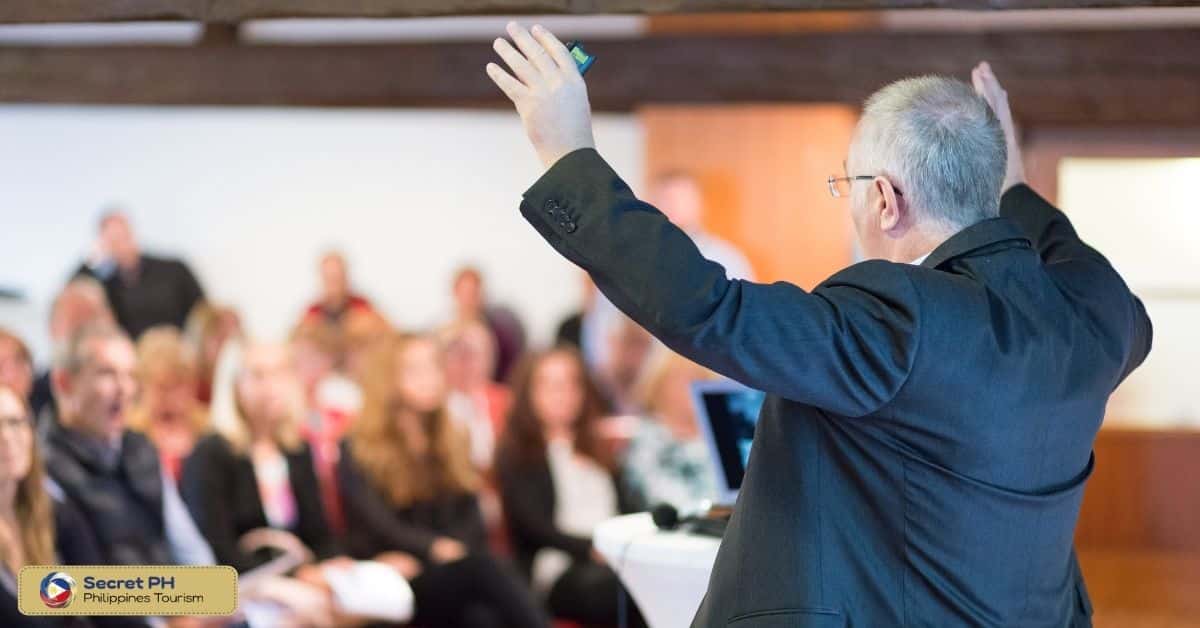
Religious Festivals in the Philippines
The Philippines is known for its diverse culture and rich history, which is heavily influenced by religion. Religion plays a major role in the lives of Filipinos, and many religious festivals are celebrated throughout the year. Here is a list of some of the most popular religious festivals in the Philippines:
Sinulog Festival: celebrated every third Sunday of January in honor of the Holy Infant Jesus, or Sto. Niño, in Cebu City.
Ati-Atihan Festival: celebrated every third week of January in Aklan, it pays homage to the Santo Niño de Kalibo and the indigenous Ati people.
Dinagyang Festival: a celebration of the Christianization of the natives and the arrival of the Malay settlers held in Iloilo City
Feast of the Black Nazarene: celebrated on January 9th in Quiapo, Manila, it honors the miraculous image of the Black Nazarene which is believed to grant wishes.
Flores de Mayo (Flowers of May): a month-long festival in May that pays tribute to the Virgin Mary.
Feast of San Isidro Labrador: celebrated on May 15th in honor of the patron saint of farmers.
Pahiyas Festival: celebrated on May 15th in Lucban, Quezon, it is a colorful harvest festival that thanks San Isidro Labrador for a bountiful harvest.
Obando Fertility Rites: held from May 17th to 19th in Bulacan, this festival is in honor of Saints Clare, Paschal, and Rita, and is said to have the power to grant fertility.
Feast of Our Lady of Penafrancia: held every third Saturday of September in Naga City, it honors the patroness of the Bicol region.
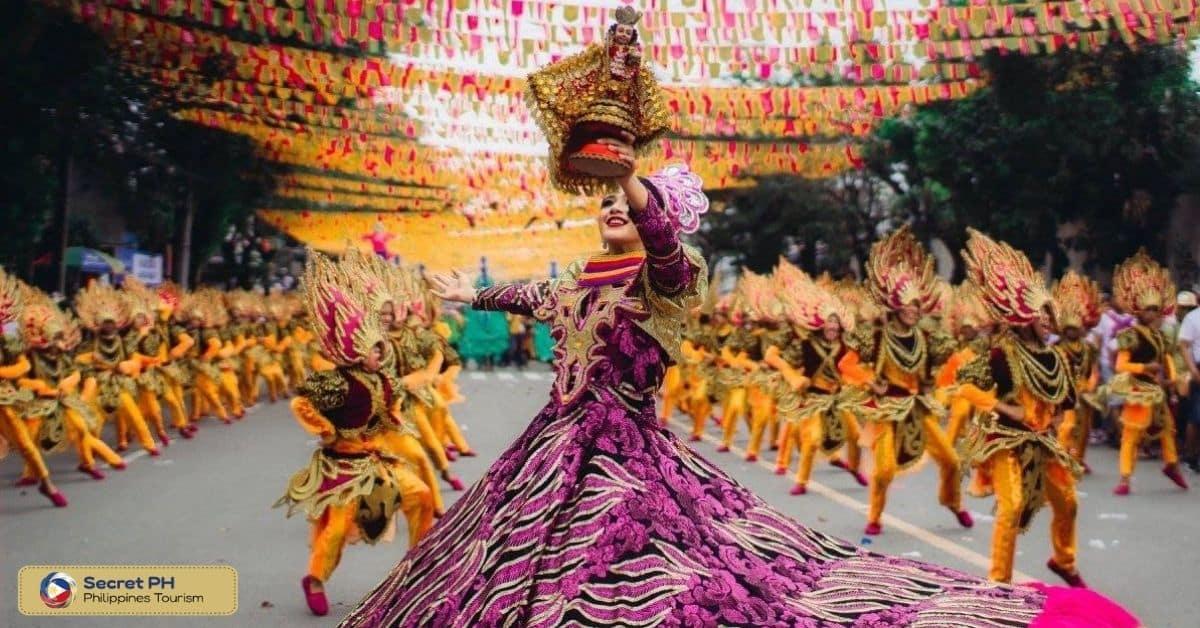
Festivals in the Philippines
One of the best ways to immerse oneself in the country’s vibrant culture is through attending various festivals held throughout the year. These festivals are a colorful and exciting celebration of Philippine history, religion, and folklore. Here’s a list of some of the most popular festivals in the Philippines:
1. Kadayawan Festival in Davao City-a harvest festival held every third week of August. It showcases the city’s rich culture as well as its agricultural bounty, through food fairs, cultural performances, parades, and competitions.
2. MassKara Festival– a celebration of resilience and positivity held in Bacolod City
3. Higantes Festival: a celebration of the feast day of San Clemente, the patron saint of fishermen, held in Angono, Rizal
4. Moriones Festival– a reenactment of the story of Longinus and the crucifixion of Jesus held in Marinduque.
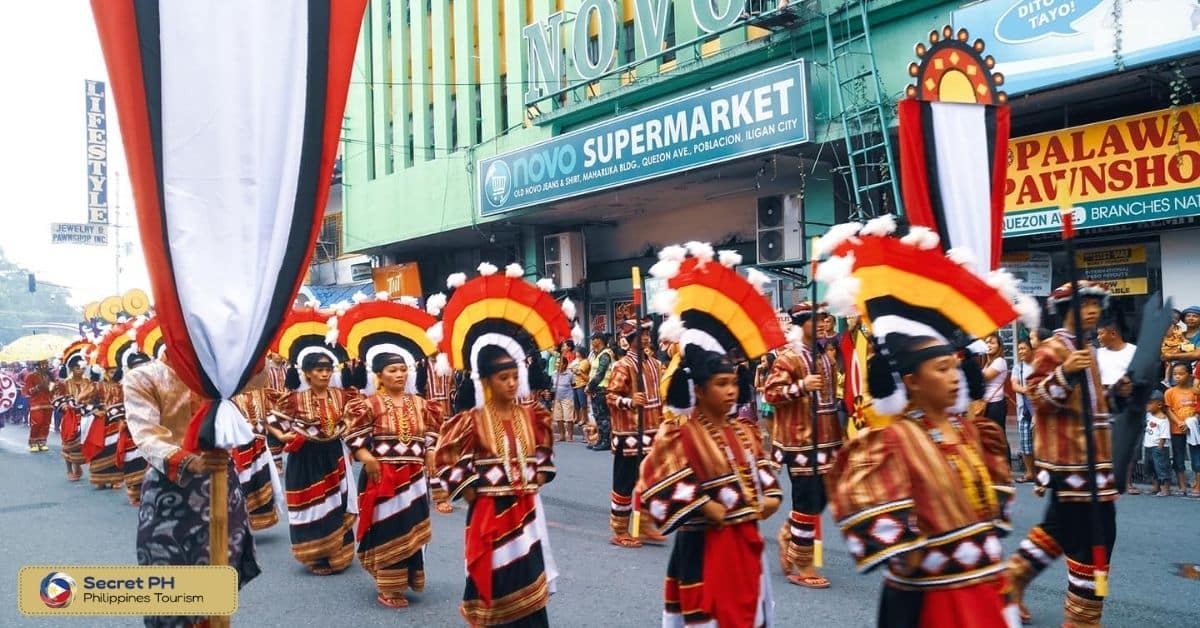
Interfaith Relations in the Philippines
The Philippines is a diverse country with a rich cultural and religious heritage. Its people follow various religions, including Christianity, Islam, Buddhism, Hinduism, and Indigenous beliefs. Despite the differences in their faiths, Filipinos have a long history of peaceful coexistence and religious tolerance.
One significant example of interfaith relations in the Philippines is the Interfaith Council of Leaders (IFCL) which was established in 2003. This council is composed of leaders from different religions and aims to promote interfaith dialogue, cooperation, and understanding among different religious groups. Through their collective efforts, the IFCL has helped to address issues related to peace and conflict resolution, poverty, and social injustice.
The Catholic Church, which comprises a significant portion of the Filipino population, has also played a significant role in promoting interfaith relations. In 2015, the Catholic Bishops’ Conference of the Philippines released a pastoral letter on interfaith dialogue, which emphasized the importance of dialogue in promoting peace and understanding among different religions.
In recent years, there have been efforts to address the challenges that interfaith relations face in the Philippines. These challenges include religious extremism, intolerance, and violence. Initiatives such as the IFCL and interfaith dialogue programs have helped to address these issues by promoting mutual respect, understanding, and cooperation among different religious groups.
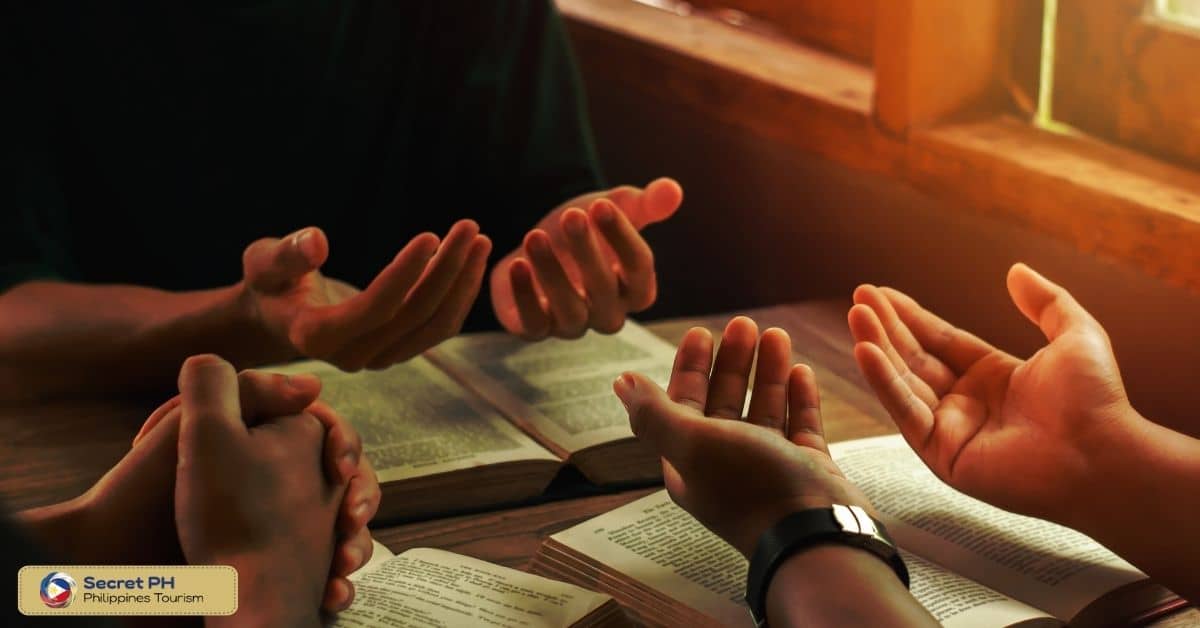
In conclusion
The Philippines is a diverse and multicultural country with a rich religious heritage. The different religions practiced in the country have played an important role in shaping Filipino culture and history. Despite their differences, there is a long history of peaceful coexistence and interfaith understanding among Filipinos.
Through various initiatives such as the Interfaith Council of Leaders and interfaith dialogue programs, the country has made strides in promoting peace and understanding among religious groups. This demonstrates a commitment to fostering an environment of tolerance and respect for religious diversity within the Philippines.

